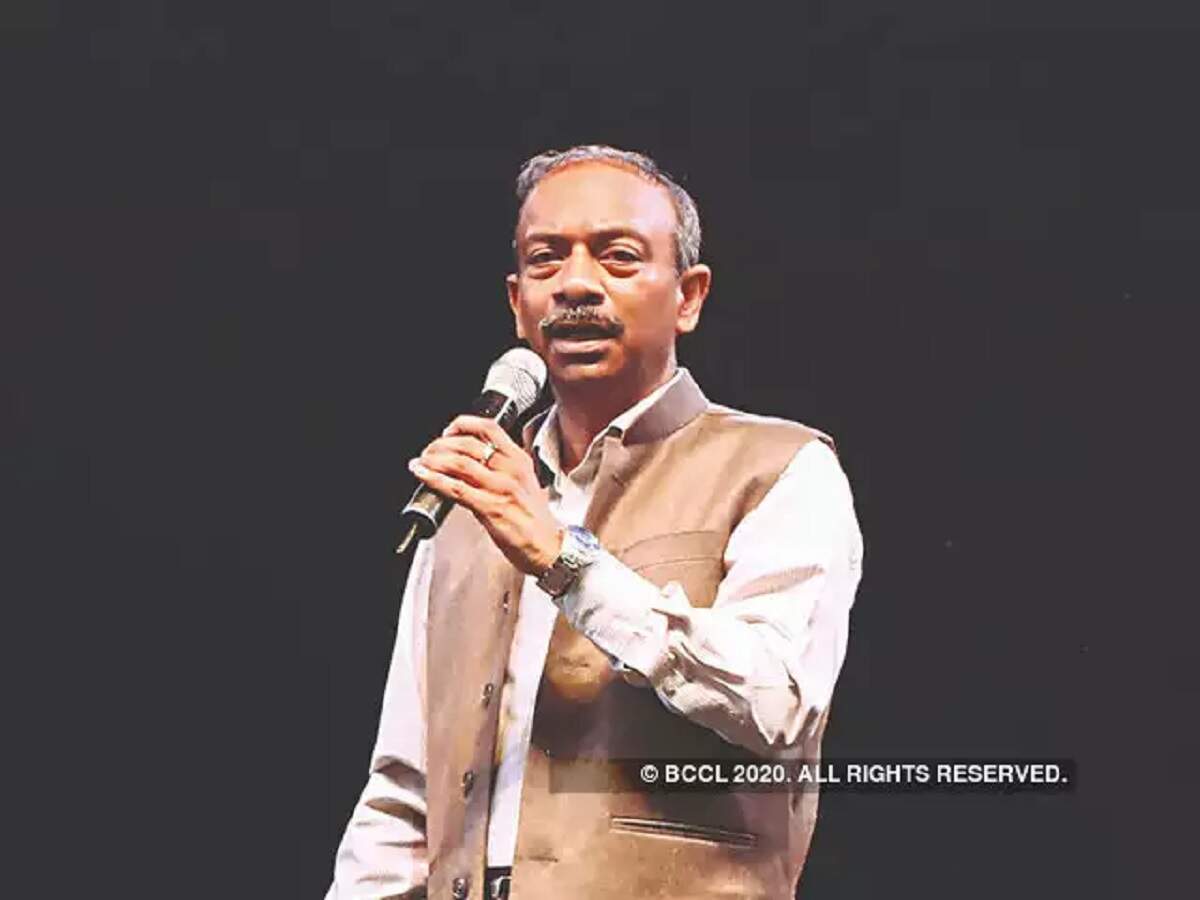
The I&B ministry is working on a “light touch regulatory regime” that will bring all the segments in the media and entertainment industry under one umbrella, allowing for a level playing field and better governance, said a top official.
At the annual media conclave ‘FICCI FRAMES 2020’, held through video link, Amit Khare, secretary in the information and broadcasting (I&B) ministry, said the government wants to facilitate all the sectors in the media and entertainment (M&E) industry — print, television, radio, films and digital media.
“There is definitely a need for a level playing field amongst the different media, but level playing field will not mean that we bring everybody under a very heavy regulatory structure,” Khare said. “In fact, during the last six years of the present government, the entire focus has been on ease of doing business and on having less but more effective regulation.”
He also said that the government is “seriously thinking” of bringing digital news aggregators under the foreign direct investment (FDI) purview, similar to print media. “There is very serious thinking that the level playing field should be there between print media and the digital platforms. The announcement will come after the decision is finally taken by the government, and it’s not my place to say, but the feeling is that 26% FDI should be applicable to the aggregators as well as the print media,” Khare said.
In the last one year, the ministry has had consultations with several media heads, some of whom, according to officials, have complained that regulations that applied to print journalism companies were not applicable to news aggregators who often used their content. “The DPIIT has already taken views of the information and broadcasting ministry on the issue, but there are some clarifications on the road ahead that we are waiting for,” an official said.
Doubts with regard to how the rules will apply to aggregators like Inshorts and Dailyhunt — which are app websites that curate content from other publishers — and to online news publishing sites will be clarified then.
Khare pointed out that earlier the regulatory regimes had developed specific to each platform in India. So while print media has a separate regulation under the Press Council of India (PCI), All India Radio and the FM industry are governed by a separate set of rules. For example, FM radio is not permitted to carry news other than that of AIR.
Meanwhile, TV developed on a different path with no pre-censorship but a self-regulation system in place.
Citing another example, he said that whereas films require prior certification, the OTT platforms don’t.
“For five different media — print, radio, television, films and the OTT platforms — four are governed by different types of regulatory practices; some are self-regulated, some are pre-regulated or post-regulated, and one of them is unregulated,” Khare said.
However, the convergence of content delivery has resulted in a situation where the traditional regulations don’t work. “We have developed this concept of having a light but tight regulation, instead of having 200 rules or clauses,” said Khare.
“The different regulatory structures need to be brought in sync with each other, not to impose more regulation, but rather to liberate them with less but more fine-tuned and easy to implement regulations.”
On granting infrastructure status to the M&E sector, Khare said the ministry supports the proposal and even the finance ministry is on board, except for some definitions that need more clarity.
Leave a Reply